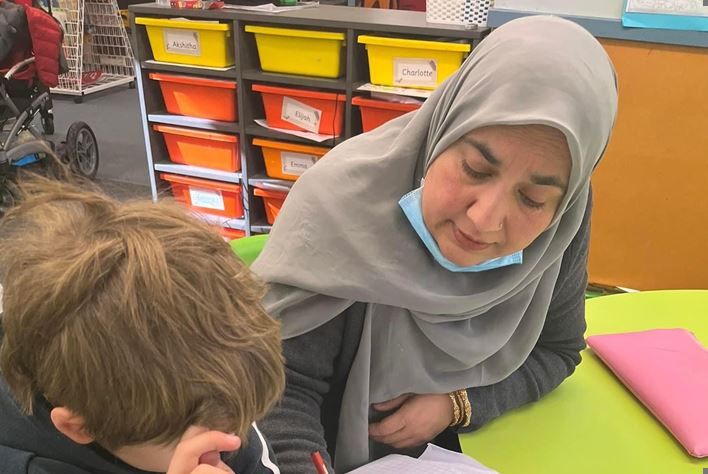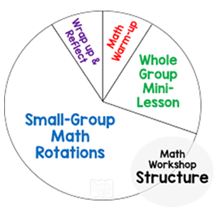Teaching Maths at Palmerston
COLLABORATIVE PLANNING: Teaching teams work together on our documentation to then move to independent planning for individual classes. The Balanced Maths Program is used in all classrooms, with daily maths activities. Oral language and questioning is also a focus in all classrooms. The Maths Workshop model to be used across K-6.
Connections:
- With technology: Mathletics across Kindergarten to Yr 6.
- With high frequency of usage with hands-on materials from well stocked classroom Maths Centres.
- With the Third Teacher – a dedicated Maths Wall is evident in every classroom with taught information to refer to, as well as co-constructed charts and strategies.
CURRICULUM – Teams sequence the Australian Curriculum Maths Standards inside Concept-based Inquiry Units, as well as stand-alone lessons.
CORE TEXTS: All teachers use a whole school approach and have copies each of core Maths texts, games and resources. It is important to us to create a school wide approach with a common metalanguage where students will make links in their learning from term to term and year to year.
COACHING: Teachers and teams of teachers plan mathematics and numeracy learning experiences for their students. Planning is not limited to curriculum including effective and engaging pedagogy, assessment and the individual needs of students.
A dedicated Executive Teacher has responsibility to ensure Maths is being taught comprehensively in every classroom, supporting you to use resources to develop students’:
Fluency
Students develop skills in choosing appropriate procedures; carrying out procedures flexibly, accurately, efficiently and appropriately; and recalling factual knowledge and concepts readily. Students are fluent when they calculate answers efficiently, when they recognise robust ways of answering questions, when they choose appropriate methods and approximations, when they recall definitions and regularly use facts, and when they can manipulate expressions and equations to find solutions (Australian Curriculum, Mathematics).
Understanding
Students build a robust knowledge of adaptable and transferable mathematical concepts. They make connections between related concepts and progressively apply the familiar to develop new ideas. They develop an understanding of the relationship between the ‘why’ and the ‘how’ of mathematics. Students build understanding when they connect related ideas, when they represent concepts in different ways, when they identify commonalities and differences between aspects of content, when they describe their thinking mathematically and when they interpret mathematical information (Australian Curriculum, Mathematics).
Reasoning
Students develop an increasingly sophisticated capacity for logical thought and actions, such as analysing, proving, evaluating, explaining, inferring, justifying and generalising. Students are reasoning mathematically when they explain their thinking, when they deduce and justify strategies used and conclusions reached, when they adapt the known to the unknown, when they transfer learning from one context to another, when they prove that something is true or false, and when they compare and contrast related ideas and explain their choices (Australian Curriculum, Mathematics).
Problem Solving
Students develop the ability to make choices, interpret, formulate, model and investigate problem situations, and communicate solutions effectively. Students formulate and solve problems when they use mathematics to represent unfamiliar or meaningful situations, when they design investigations and plan their approaches, when they apply their existing strategies to seek solutions, and when they verify that their answers are reasonable (Australian Curriculum )


